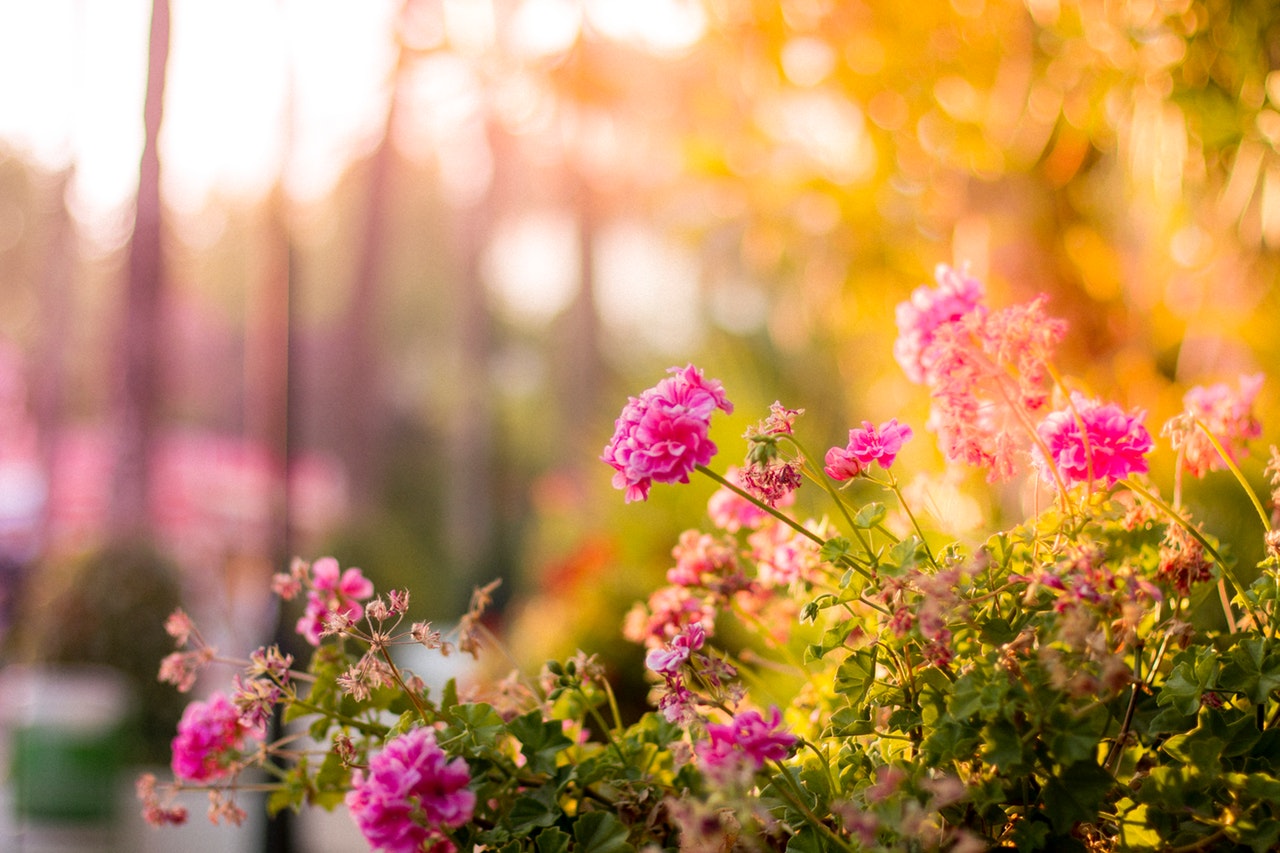Ahh, summer. Hopefully you’re enjoying a few lazy summer days in the hammock and feeling pretty refreshed. It’s also a great time to refresh your garden—or even add a new one.
Summer Garden Tips
Adding new plants
Hearty produce like sweet potato leaves, Perpetual and Malabar spinach, leafy amaranth (callaloo), and Swiss Chard can take the Maryland heat—and make a great salad. Plant them in full sun to partial shade.
Reviving your herbs
Take a few minutes to clip herbs and throw them in a fresh summer meal. Repeat throughout the summer, and you’ll keep them strong and bushy. And to increase your bounty, plant some stem cuttings.
Prepping for fall
Through the end of July, you can still plant flavorful fall vegetables like kale, turnip, cauliflower, and broccoli in containers. You can also plant squash, cucumbers, and beans in the garden.
Adding fresh topsoil
It holds water, augments nutrients, and protects your plants from the punishing heat we’ve been having. Learn more about our organic topsoil here.
Cucumber Beetles
Wilting and dying cucumber vines point to bacterial wilt, spread by these yellow beetles. Use row covers (until flowering) or a labeled insecticide.
Harlequin Bugs
They target the cabbage family. Look for barrel-shaped white eggs with black rings or Squash Bugs’ copper colored eggs on the undersides of squash or pumpkin leaves, and destroy them.
Mexican Bean Beetles
Inspect the upper and lower leaves of your bean plants and remove coppery adults (look like ladybird beetles with 16 dots) and their larvae.
Squash Vine Borer Larvae
Check lower stems of squash and pumpkins for wilting and/or holes that may have sawdust-like frass (insect excrement). Use a razor to slit above holes and remove the white larva (with brown head), and push soil up around the hole.
Protect Plants from Diseases in the Summer
Blossom-end rot
Tomato, squash, pepper and watermelon plants can suffer from a lack of calcium from dry weather and sporadic watering. The bottom (blossom) end of the fruit bottoms browns and rots. Discard the fruits, give your plants regular, ample water, and cover with mulch. During dry periods, tomato plants require as much as 1-2 gallons of water two times per week.
Early tomato blight
This fungal disease creates small, bull’s-eye-like brown lesions with a yellow outer circle on lower leaves, eventually killing the leaf. Without this shade, the tomatoes perish. Discard lower leaves, maintain a thick organic mulch cover, and avoid overhead watering. Tri-basic copper will also impede serious infections.
Southern blight
This fungal disease strikes in July and infects a large number of herbs, peppers, and tomatoes. Lower stems turn brown or black and plants wilt and die. A white fungus with mustard seed-sized brown dots may appear on the stems. Save perennial herbs by cutting the diseased portion. Dispose of annuals.
It’s not too late to reap the rewards of a garden. There’s plenty of time to enjoy the fruits (and vegetables) of your labor before the summer slips away!
*We gratefully acknowledge Jon Traunfeld at the University of Maryland, College of Agriculture & Natural Resources, for providing this valuable information.
Order here or call us today.

